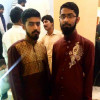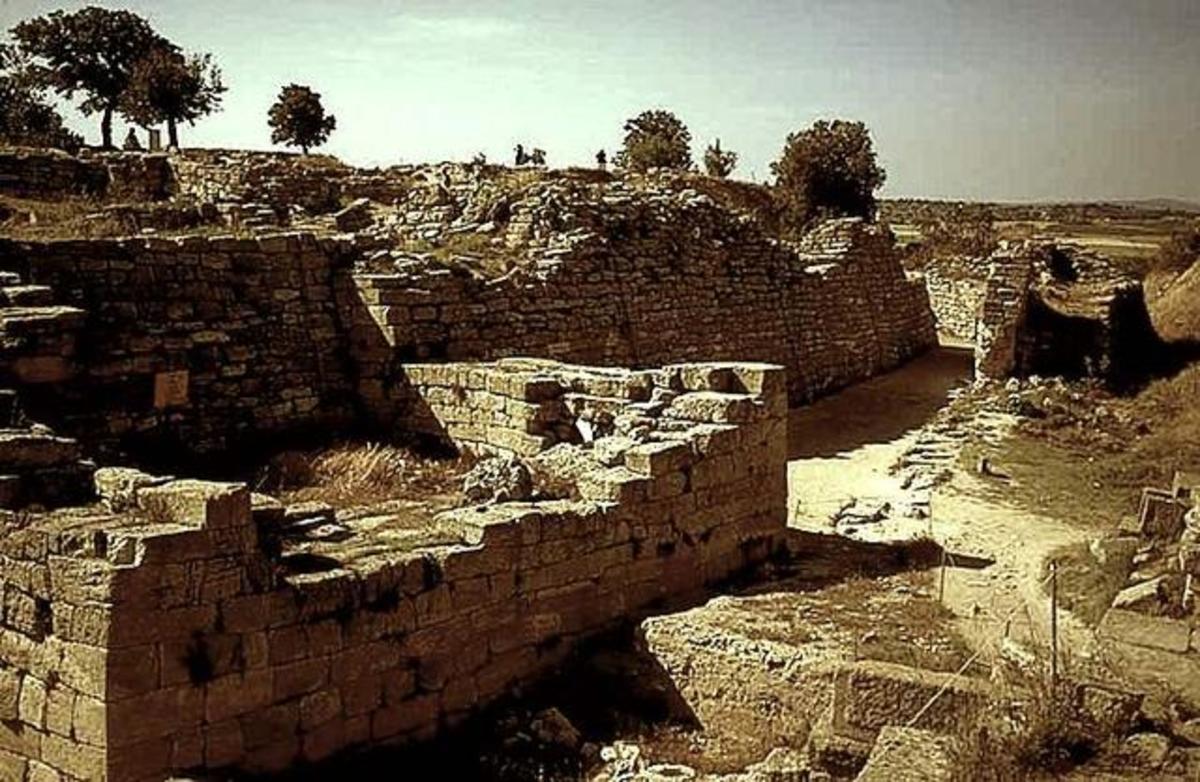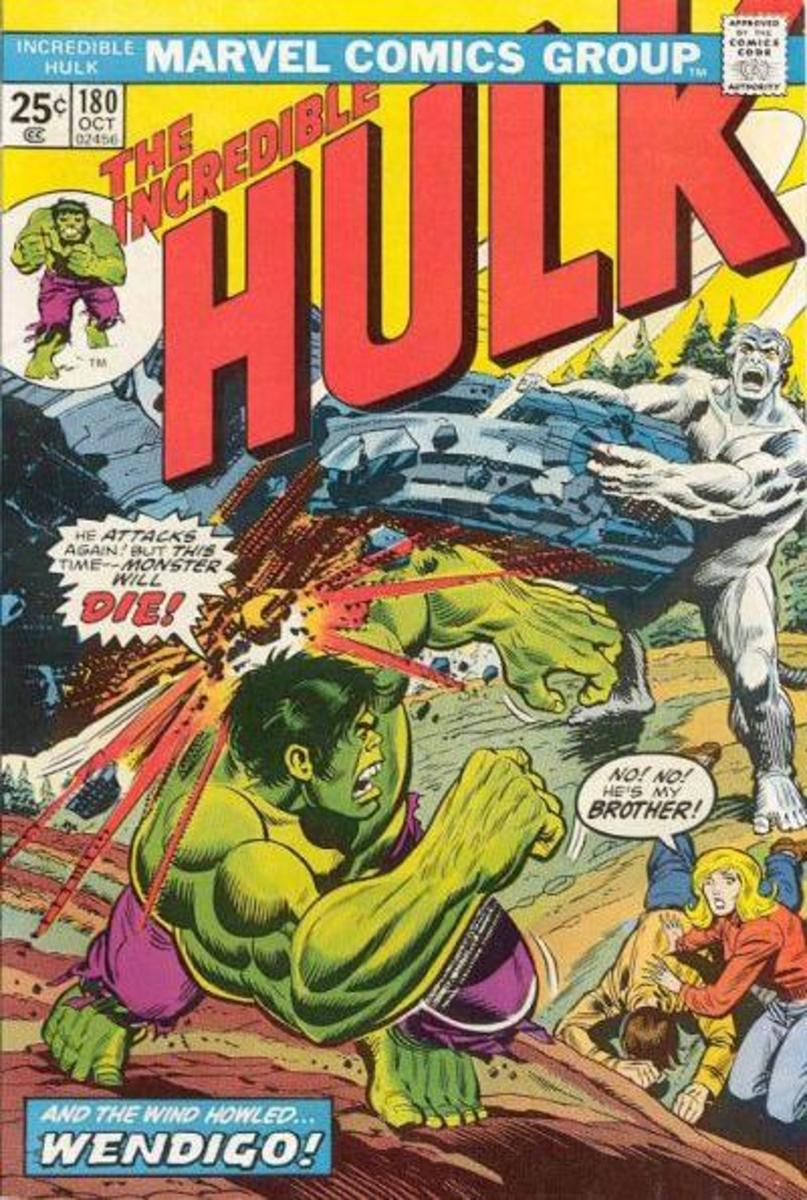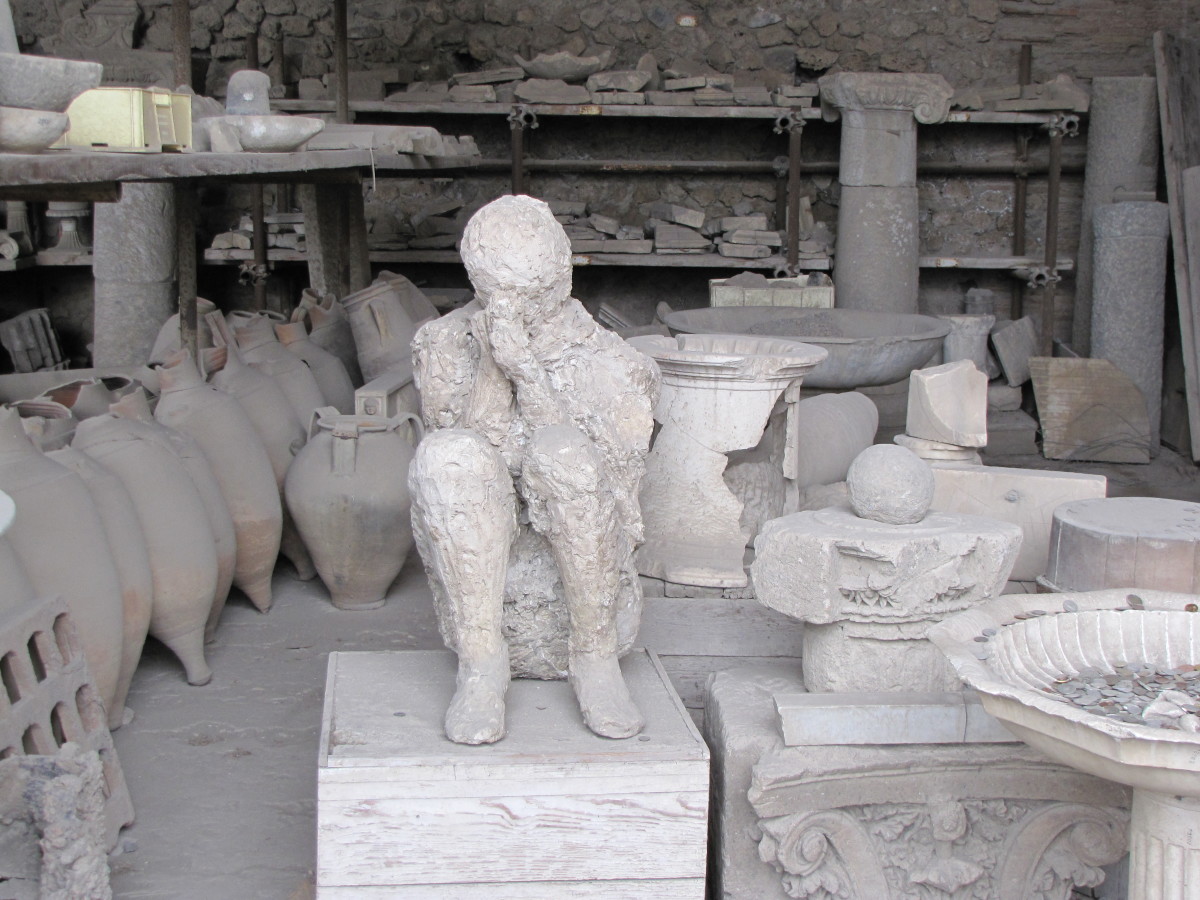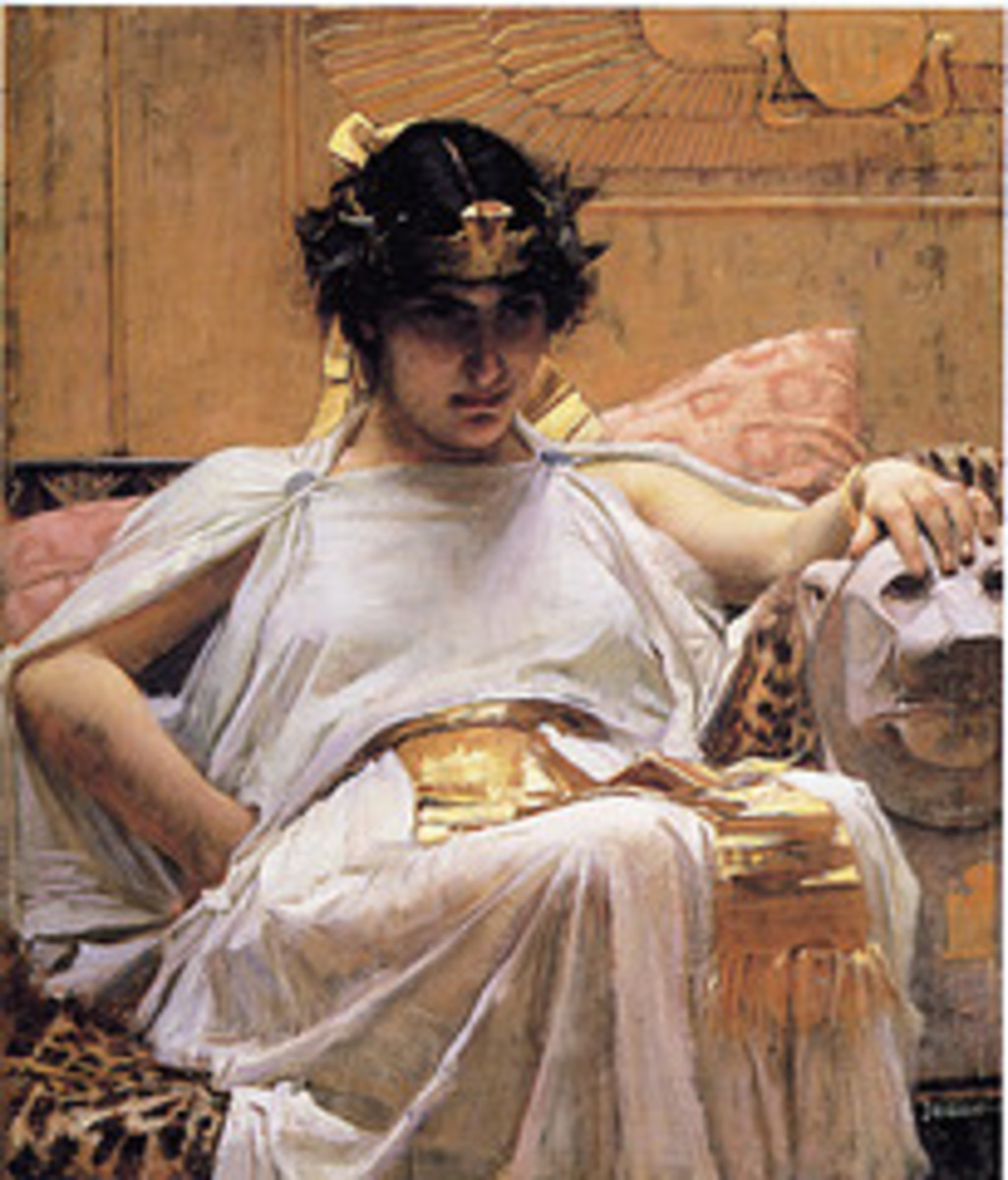Jubail in the Late Bronze Age: A Bridge Between Egypt and the Orient of East
In his dissertation, the Swiss academic examines the location and role of The City of Jubail in the local and international context of the late Bronze Orient era, when it was a "communication zone" between the Near East and Egypt. Despite its central role in the regional geopolitical landscape, it has attracted little attention among scientists.
Marwan Kilani: Jubail in the Late Bronze Age - The Interaction between the Orient and the Egyptian Worlds.
Byblos in the Late Bronze Age: interaction between the levantine and egyptian worlds. brill: leiden, boston 2020. 340 pages with over 60 illustrations. marwan kilani
As long as the theme of the book "Jubail in the Late Bruzny Era" - The Interaction between the Orient and the Egyptian Worlds (BRILL) is the archaeological city of Jubail, it is useful to introduce it and how to find its traces and other information about it as it is contained in it. The author of the Swiss academic book Marwan Kilani described the site of Jubail as follows "Modern Jubail is a Lebanese city with a population of about forty thousand people and about 42 km north of Beirut". During the Bronze Age, however, Jubail was a communication stake between Egypt, the Near East and the Aegean world. The kings of Egypt were able to access the products of Lebanon and Syria through its port, while its rulers and the city itself were able to access Egypt's goods, learn about its customs and know the country. The city has also been a strong base for Egyptian military operations in the surrounding areas at least at some point. Jubail has a long and rich archaeological tradition, and many excavations have been carried out and almost the entire city has been explored archaeologically.
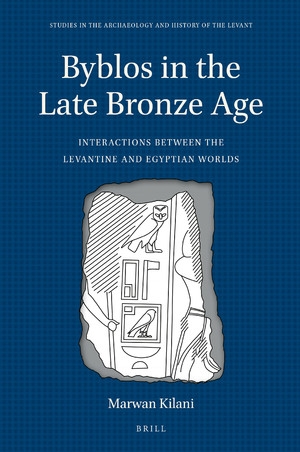
It also stands out in well-known historical sources and literary classifications from different periods and origins. In addition to the testimonies mentioned in the Egyptian documents, Jubail also appears in texts from Ugarit's archives and in Greco-Roman works, such as the Phoenician history of Philo, a Greek writer born in Jubail itself. Kilani talks about the current state of the archaeological city, and then reviews the history of archaeological excavation, and the site of the archaeological city of Jubail is now defined as "an archaeological park located on a small hill near the sea in the heart of Jubail, a modern and prosperous city". But he draws attention to the fact that the development of the modern city dates back only a few decades. When the first systematic excavations were carried out at the beginning of the 20th century, Jubail was still a small town built around its medieval port, and was facilitated by a countryside with scattered houses dominated by a crusader fortress. The remains of the old city were located south of the citadel on a small hill in an area with a few houses isolated from each other, and the Crusader castle next to it was the only important building on the hill, thus covering only a marginal area of the Old City.
The author devotes ample space to archaeological excavations that began in the late 19th century. At the time, this ideal situation attracted the attention of archaeologists because it allowed for a little extensive and long-term excavations of demolitions without interfereing with the daily lives of the local population. The first to notice and record the archaeological potential of Jubail was the French historian and historian Ernest Renan, who visited Lebanon in 1860 when the entire region was still part of the Ottoman Empire. Renan then confined his work to a general surface survey, as well as a series of exploratory trenches. In his view, this was enough to recognize the importance of the site and its close relations with Egypt.
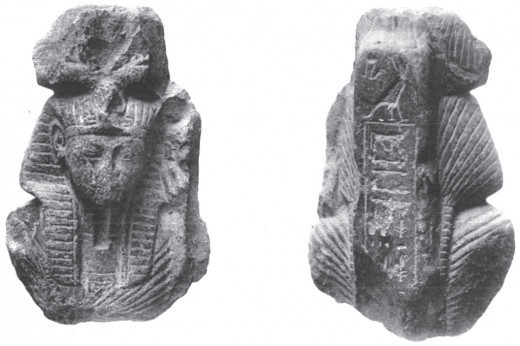
After World War I and the collapse of the Ottoman Empire, Lebanon became part of the French occupation and its archaeological heritage was brought under the supervision of the French authorities. At that time, the French scientist Montet was able to convince the French government of the historical importance of the city. When he got there, however, he saw that the site had been occupied by some houses, some orchards and an abandoned cemetery, and he was only given permission to dig after seemingly difficult discussions and negotiations near the medieval castle on the land of a man named Sheikh Hussein al-Hasamy and another referred to as "Hajj".
Montaigne was lucky to have found in his first scientific campaigns between 1921 and 1922 the remains of some religious buildings, including what was later known as the Temple of Our Lady of Jubail. But it was only the beginning; in 1922, a landslide revealed a cave that appeared to be the tomb of a Bronze Age king. In the following years Monet discovered eight other royal tombs. Five of them were partially or totally looted, but three were the same, with a number of objects showing the wealth, power and prevalence of Egyptian cultural influence in the city's ruling class.
After Monte's extraordinary discoveries, a new round of archaeological excavations began in 1926, 14 months after Montaigne's last campaign in 1924, but this time was led by French archaeologist Maurice Dunant, who planned from the outset a full and comprehensive exploration of the city, in contrast to Saab. I'm going to kill him. His goal was to dig the entire area down to the bare rocks, which he did over the next 40 years. The excavations were only briefly interrupted in 1939 by the outbreak of World War II, and were closed in 1975 only because of the outbreak of the Lebanese Civil War.
The continued flow of new discoveries allowed Dunan to receive regular campaign funding. At this time, his work was almost complete, as during his years of activity he was able to discover the entire area within the city walls and part of the late neighborhoods outside (Persian and beyond). Only some of the late and peripheral sectors still need to be explored.
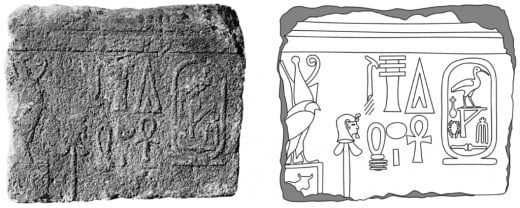
The continued flow of new discoveries allowed Dunan to receive regular campaign funding. At this time, his work was almost complete, as during his years of activity he was able to discover the entire area within the city walls and part of the late neighborhoods outside (Persian and beyond). Only some of the late and peripheral sectors still need to be explored.
The author continues to speak in the history of excavations, stating that in addition to these major excavations, a few small projects have also been carried out outside the main urban areas. The most important example of this scale is the excavation of the City of the Dead or the Cemetery (NECROPOLIS K) in 1972-1973 under the supervision of Gimon. Projects such as the Saghia-Beydoun exploratory trench and frost study of some visible structures near the sea are also noteworthy. In addition, some archaeological geological studies have been conducted in an attempt to locate ancient ports and better identify the old coastline.
In his book, which he initially presented as a doctoral thesis in archaeology, Kilani sought to fill the academic and research gap around Jubail. Despite the city's fame and role in antiquity, it has attracted relatively little interest in modern academic work. The results of the excavations were also published in a list of explorers and in preliminary reports. In other cases, the city was the subject of only public publications, studies focused on specific stages or selected features of its culture. Therefore, some periods of Jubail's history have not been systematically studied, especially in the late Bronze Age, although a direct survey of evidence indicates its importance in the historical development of the city and its interactions. There is a range of evidence, including that Jubail was a prosperous and powerful city during the early Bronze and Middle Ages/ancient and central kingdoms. Egyptian sources from these periods and the abundant archaeological materials of the city attest to their integration into the commercial network in the Near East. The same evidence also shows that its strong cultural influence has spread northward up to ULLASA and IrQATA. Moreover, since the early Bronze Age, Jubail has gained particular religious importance among Egyptians, as its region is the "land of God", according to The Cooper, and the local goddess and her temple played an important role in interactions with Egypt. Beginning in the first millennium before the common history (BEFORE CURRENT ERA, BCE), Jubail was also associated with the Egyptian goddess Isis and according to the writings of the Greek-Roman historian Plutarch, 46-120 CE, she played a role in some osirian cycle episodes. Lucian, the author of De DEA SYRIA, a religious ritual author in Bambyce, the city of Manbij now in the territory of the Syrian Arab Republic, said religious relations between Egypt and Jubail continued until Roman times.
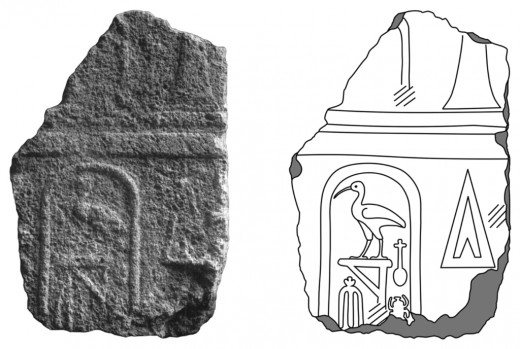
But the city's conditions have changed. The author draws attention to the fact that the geopolitical situation of the city after the late Bronze Age was quite different, but our knowledge of it in the early Iron Age is very limited. What can be seen from the 8th century (St. Ons) onwards is a small, peripheral city that is closed to itself and without a fleet. Jubail did not participate in the Phoenician colonial expansion, and the areas and cities under their control during the late Bronze Age were said to have been associated with images or Sidon during the Iron Age. While the city seems to have maintained some religious power until Roman times, its previous political and economic power had faded. It is therefore logical to think that the city's Iron Age eclipse may have at least had some roots in the late Bronze Age. The refore, this author's goal is to address the history and role of Jubail during the late Bronze Age. Thus, the author presents, evaluates and then uses the role of the city to explore the role of the city and its interactions, excellence and development within the contemporary geopolitical landscape of the Levant. In two key parts, consisting of the book, the author reviewed the initial sources in the first section and discussed the relevant archaeological evidence with a major focus on architectural elements and structures that could be useful for the dynamics that shape the city's development and its international interactions. He then worked on the calendar of Egyptian written sources, namely the Messages of Amarna [or: The Letters of Tal al-Amarna- ZM] and documents from Ugarit and a single text. The second part of the book consists of combinations and discussions based on such evidence. The author comments on the order he has chosen, explaining why the archaeological evidence was first initiated, because it provides information on the city's structures and the dynamics that distinguish its history, while, according to the author, written sources focus more on specific events. While the former provides background, the latter highlights aspects of the city's socio-political history. Thus, the first section provides a summary of the history of the excavations as mentioned, followed by quantitative analysis and distribution of selected categories of objects. Egyptian elements and architectural fragments outside the context are then discussed. This is followed by the introduction of relevant buildings and archaeological areas. The author notes the significance of the written primary sources and their important role in this composition for a number of reasons, including that they are by nature more accurate. Although the written sources in Egypt and the Near East recall Jubail, the materials of the first sources are particularly important, not only because of the number of certificates but also because of the strong economic, ideological and cultural ties that bind the city to Egypt.
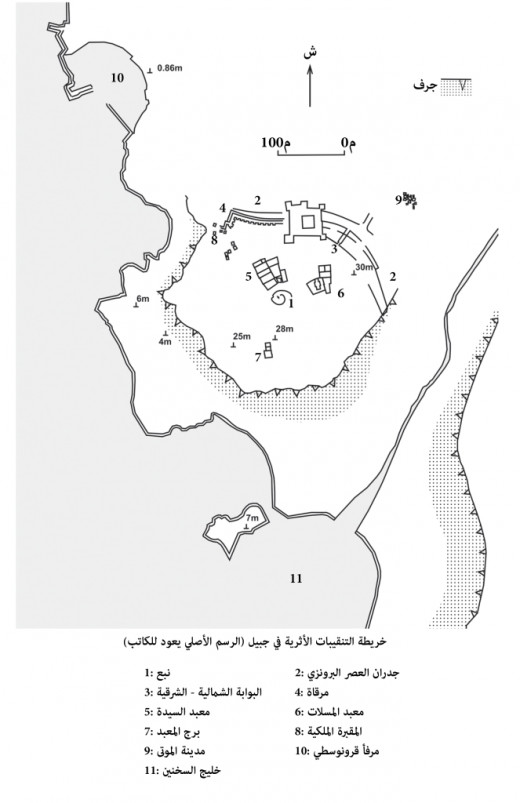
In order to properly interpret these written sources, the author emphasizes the need to take them into account within their contexts, as well as their novels, genres, audiences and purposes in the societies that produced them. The refore, these aspects are discussed whenever they appear to be relevant to the evaluation of information provided by the sources. Written sources are arranged according to five time stages, following the division from which it is naturally based. In particular, there are three relatively well-defined short periods with a large number of testimonies, namely, the period corresponding to the reign of Thutmose III, the Amarna period, and the time of Ramses II. These periods alternate with two other periods that produced little or no signs: the period from Amenhotep II to the Amarna period, and the period from the end of the Amarna period to the beginning of the reign of Ramses II, which does not contain any testimony from the city. Although this framework is dictated by conservation incidents more than a period of time based on historical considerations, it results in a practical and reasonable organization of sources. This division is based on the Egyptian chronology, because the majority of the texts come from Egypt, but sources from other regions fit well.
The nature of the investigation of the material of work prompted the author to discuss each set of the above-mentioned sources in a specific section. However, since individual or individual texts that mention Jubail differ in character and have been studied unevenly, the way they are presented and dealt with may vary from chapter to chapter. Although absolute dates play a marginal and secondary role in this author, the author realizes that "it may be useful to provide a time setting for these periods". In this regard, there are three options for a group of scientists. The first is the absolute chronology commonly used in Egyptology. The third option is a radiocarbon-based chronology that produces short time ranges for dates rather than specific years with a probability of being at least 95% correct. According to these three chronology, the pharaohs' reigns can be dated to periods that determine the structure of this book, all of which appear to be very close and generally agreed upon.
The author discussed the data from archaeological materials and written sources in a broader perspective in the latter part of the author. In that section, the evidence addressed in the first part is combined to paint a picture of Jubail, its social, economic and geopolitical composition, and its historical development during the late Bronze Age. This is followed by a general conclusion summarizing the results of the research.
The author summarizes the results of his work at the end of the author, that the late Bronze Age was a dynamic and eventful period for Jubail. However, the results of this research highlight the fact that the decline that characterizes Jubail in the Iron Age was not the result of events related to the general collapse of the late Bronze Age system, or not just because of it. The Site of Jubail in the region had already begun to decline and erode during the late Bronze Age, possibly as early as the Amarna period, and these events may have begun to lead to their retreat, marginalization and eclipse in the Iron Age.
This research demonstrates the importance of combining different types of evidence, especially when the written sources are few. Since these written sources have different origins, audiences and functions, they allow the city to be viewed from multiple perspectives and to reveal different aspects, sometimes complementary to social and economic structures and interactions. For example, some Egyptian sources highlight the city's own ideological and religious relationship with Egypt, while Ugarit's text analysis adds information about Jubail's participation in the regional network, a rarely researched aspect.
Furthermore, taking into account archaeological evidence, other aspects of the city can be highlighted, allowing for a context for the events and relationships mentioned in the texts. In this project, creating a database and using digital tools enabled data to be recovered from ancient fossil records and better visualized the results. The main advantage of using digital tools is the ability to publish raw data over the Internet. Sharing this information online not only allows other researchers to access it and use it in their own research, but also includes its preservation, which is particularly important for the Levant today.
The research combines archaeological and written evidence, and places the general development of the city within a descriptive theoretical framework.
Before concluding our presentation by listing the author's content in its main parts and sections, we believe that it might have been more useful to put the original city name in the author's title rather than the Greek version. The product of a misunderstanding of the Greeks who thought that Jubail was producing paper and called "Byblos", which means (the orrqa/paper producer) while it was just a source. In addition to dozens of photographs and illustrations, the author's sections are divided into an introduction containing the author's objectives and structure, and a section dedicated to archaeological sources and evidence. In the third section, "Archaeological Evidences - A Quantum Analysis", there is a presentation of topics such as Masini pottery, Egyptian jars, spindles, weights, and objects belonging to Egypt, and stone blocks engraved in them. The author follows him in the section "Archaeological Evidence - Sectors and Areas of Interest", which displays the Temple Of the Temple, the Temple of Our Lady of Byblos, the Temple of the Obelisk, the Temple of Ramses II, the Temples of Jubail, the City of the Dead (K), the Royal Tombs, the Palace Area, the Dog River, etc. The "Written Sources" section includes those belonging to Thutmose III and Amenhotep II to the Amarna period and the amarna messages or The Amarna Hill, and then the Amarna phase, and then the late 18th and early 19th dynasties. The era of Ramses II and the nineteenth dynasty followed by the end of the Bronze Age and other sources. Finally, one of the topics of the late Bronze Age chapter of Jubail - Biography of a City is geographical planning, geopolitics, economy, economic landscape, natural resources, regular trade, local industries, extraordinary exchanges, Egyptian royal missions and activities. Other economic and ideological ideologies, such as The Lady of Jubail and ancient Egyptian ideological frameworks.
This content is accurate and true to the best of the author’s knowledge and is not meant to substitute for formal and individualized advice from a qualified professional.
© 2019 Hafiz Muhammad Adnan
